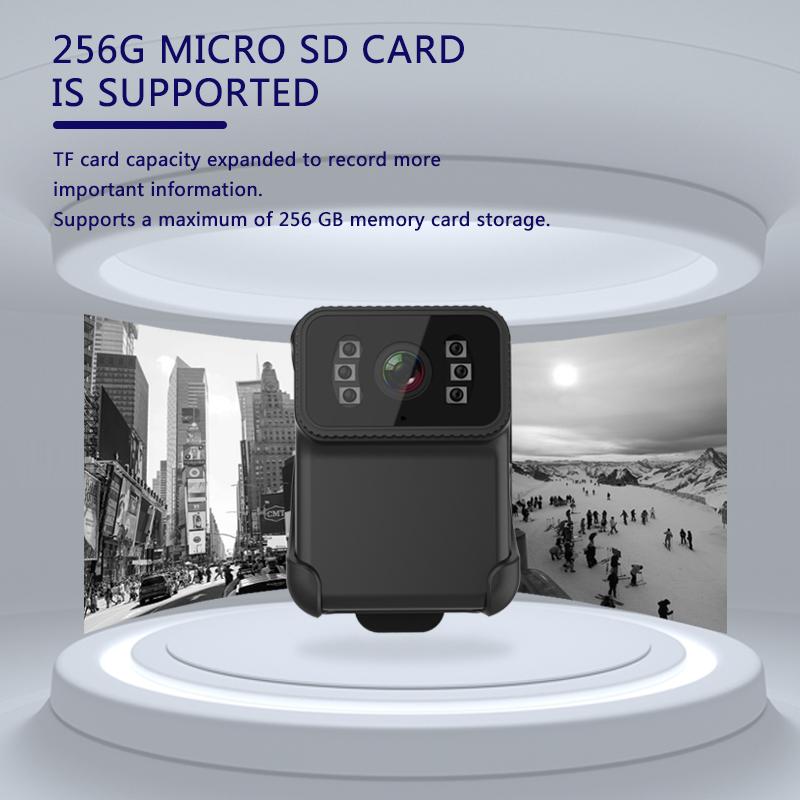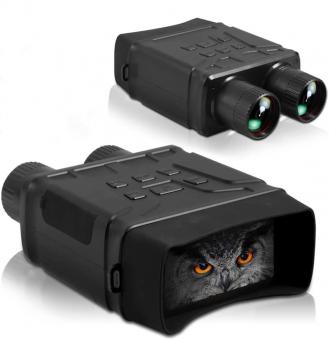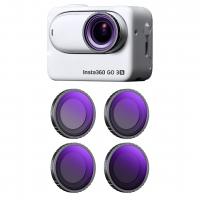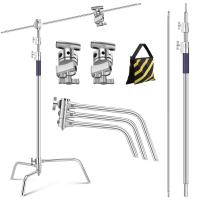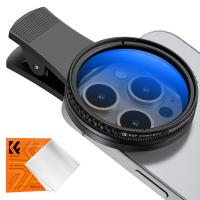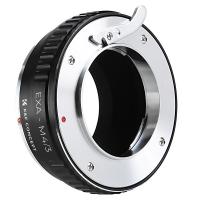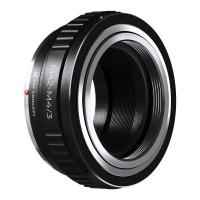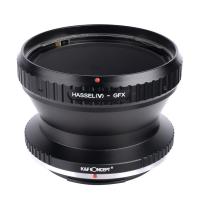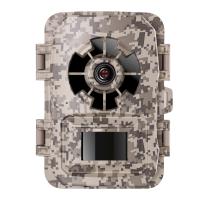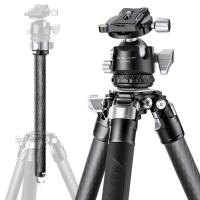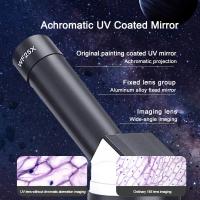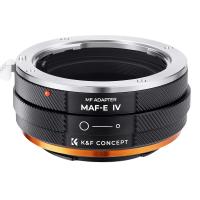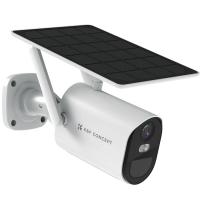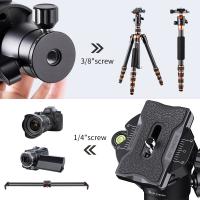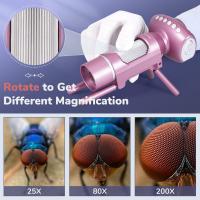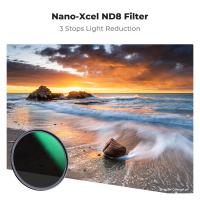Can Night Vision Goggles See Through Walls ?
No, night vision goggles cannot see through walls. Night vision technology allows users to see in low-light or dark conditions by amplifying available light. It works by capturing and intensifying the existing light, such as moonlight or starlight, and converting it into a visible image. However, night vision goggles are not designed to penetrate solid objects like walls. They primarily enhance visibility in low-light environments and do not have the capability to see through walls or other opaque barriers.
1、 Infrared Technology: Detecting heat signatures for enhanced visibility in darkness.
Night vision goggles, equipped with infrared technology, are designed to enhance visibility in darkness by detecting heat signatures. However, it is important to note that these goggles cannot see through walls.
Infrared technology works by detecting the heat emitted by objects and converting it into a visible image. This allows users to see in low-light conditions where traditional vision is limited. Night vision goggles amplify the available light, including infrared radiation, to provide a clearer image in the dark. They are commonly used by military personnel, law enforcement agencies, and outdoor enthusiasts for improved situational awareness during nighttime operations.
While night vision goggles can detect heat signatures, they are unable to penetrate solid objects such as walls. Infrared radiation emitted by objects on the other side of a wall does not pass through it in a manner that can be detected by night vision goggles. These goggles rely on the reflection and emission of infrared radiation from objects in the user's line of sight.
It is worth mentioning that there are other technologies, such as through-wall radar or thermal imaging cameras, that can provide limited visibility through walls. However, these technologies are distinct from night vision goggles and operate on different principles. They are typically used in specialized applications such as search and rescue operations or law enforcement scenarios.
In conclusion, while night vision goggles with infrared technology greatly enhance visibility in darkness by detecting heat signatures, they cannot see through walls. Their primary function is to provide an improved view of the surrounding environment in low-light conditions, rather than providing X-ray-like vision through solid objects.
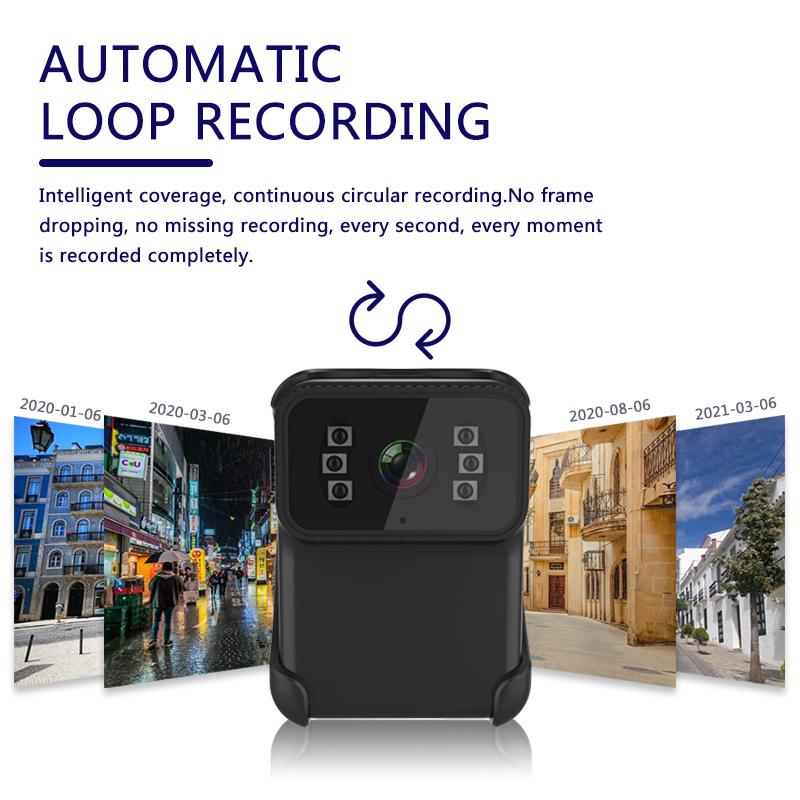
2、 Thermal Imaging: Capturing and displaying heat patterns for improved vision.
Night vision goggles and thermal imaging are two different technologies that serve different purposes. Night vision goggles work by amplifying available light, such as moonlight or starlight, to enhance visibility in low-light conditions. They do not have the ability to see through walls.
On the other hand, thermal imaging technology captures and displays heat patterns emitted by objects. It detects the infrared radiation emitted by objects and converts it into a visible image. This technology can be used to detect differences in temperature and identify objects or living beings based on their heat signatures.
While thermal imaging can be used to detect heat signatures through certain materials, it is not capable of seeing through walls in the same way as depicted in movies or video games. The ability to see through walls would require a different type of technology, such as X-ray imaging or radar-based systems.
It is important to note that the use of technologies that can see through walls raises privacy and ethical concerns. Therefore, the development and use of such technologies are heavily regulated in most countries.
In conclusion, night vision goggles cannot see through walls, and thermal imaging technology can detect heat signatures but is not capable of seeing through solid objects. The ability to see through walls would require different technologies that are not commonly available to the public.
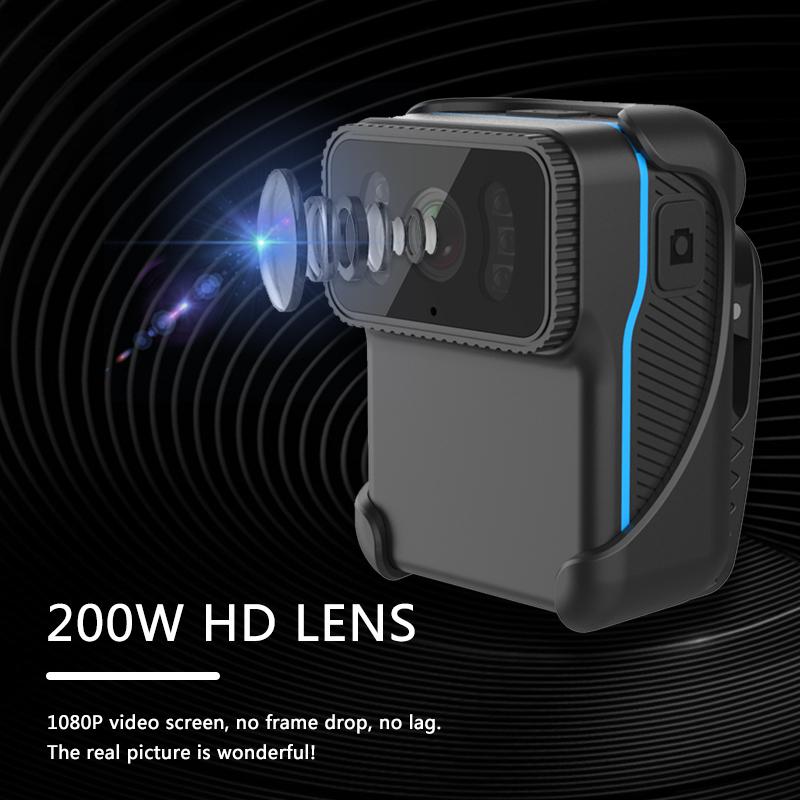
3、 Penetration Capability: Limited ability to see through certain materials.
Night vision goggles are designed to enhance visibility in low-light conditions by amplifying available light. They work by capturing and intensifying the ambient light, including infrared radiation, to create a clearer image for the user. However, it is important to note that night vision goggles have limitations and cannot see through solid objects like walls.
Night vision technology primarily relies on the reflection and absorption of light. While some materials, such as glass or thin fabrics, allow infrared light to pass through, most solid objects, including walls, block or absorb this light. As a result, night vision goggles cannot penetrate solid barriers like walls to provide a clear image of what lies beyond.
It is worth mentioning that there are other technologies, such as thermal imaging, that can detect heat signatures emitted by objects or individuals. Thermal imaging can sometimes provide a limited ability to detect the presence of objects behind walls, but it does not provide a detailed image or the ability to see through walls like in movies or video games.
It is important to manage expectations regarding the capabilities of night vision goggles. While they are highly effective in low-light conditions, they do not possess the ability to see through walls. It is always advisable to rely on appropriate tools and techniques for tasks that require visibility beyond solid barriers.
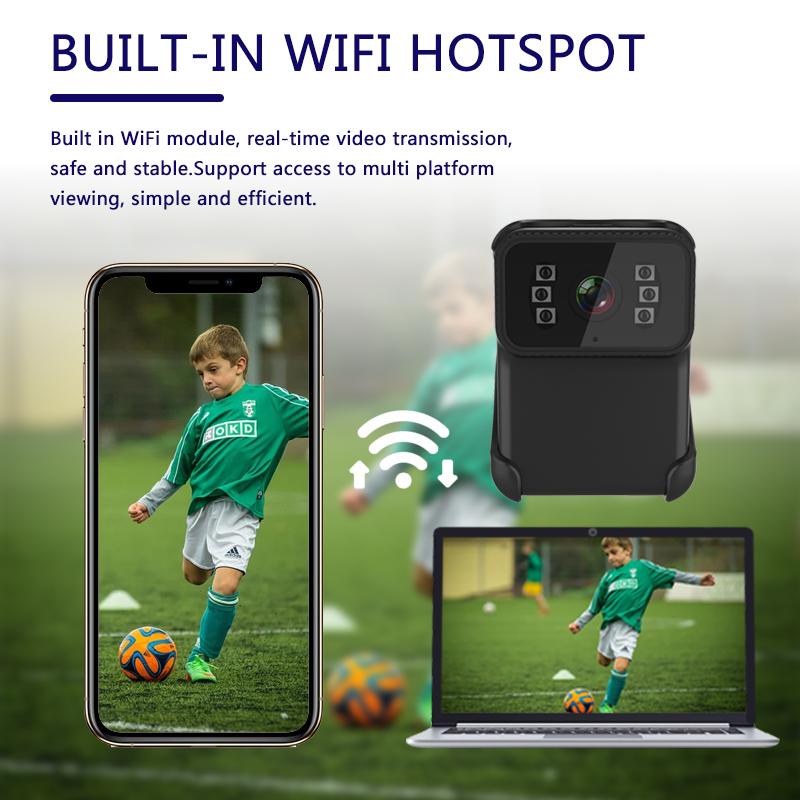
4、 Wall Transparency: Walls generally block the visibility of night vision goggles.
Wall Transparency: Walls generally block the visibility of night vision goggles. Night vision goggles work by amplifying the available light in the environment, including infrared light, to enhance visibility in low-light conditions. However, this technology has limitations when it comes to seeing through solid objects like walls.
Night vision goggles rely on the reflection and absorption of light to create an image. When light encounters a solid object, such as a wall, it is either absorbed or reflected. In the case of walls, most of the light is absorbed, preventing it from reaching the night vision goggles. As a result, the goggles cannot penetrate the wall to provide a clear image of what is on the other side.
It is important to note that there are different types of walls, and their composition can affect their transparency to infrared light. For example, some materials, such as glass or thin plastic, may allow some infrared light to pass through, but the image quality would still be significantly degraded. However, most common building materials, such as concrete, brick, or wood, are opaque to infrared light, making it nearly impossible for night vision goggles to see through them.
It is worth mentioning that there are other technologies, such as thermal imaging cameras, that can detect heat signatures through walls to some extent. However, these devices are not the same as night vision goggles and operate on different principles.
In conclusion, while night vision goggles are highly effective in enhancing visibility in low-light conditions, they are not designed to see through walls. Walls generally block the visibility of night vision goggles due to their opacity to infrared light.
